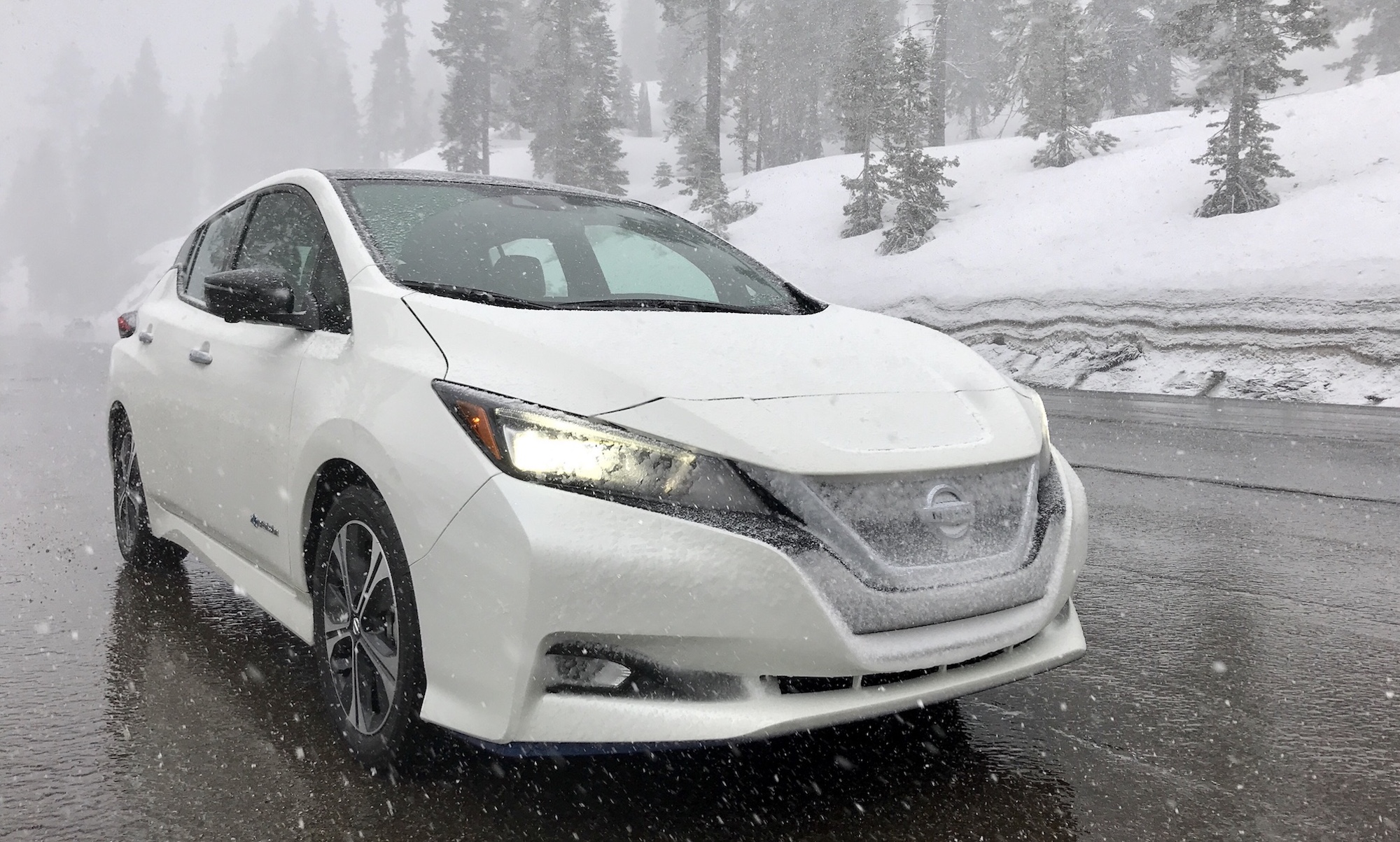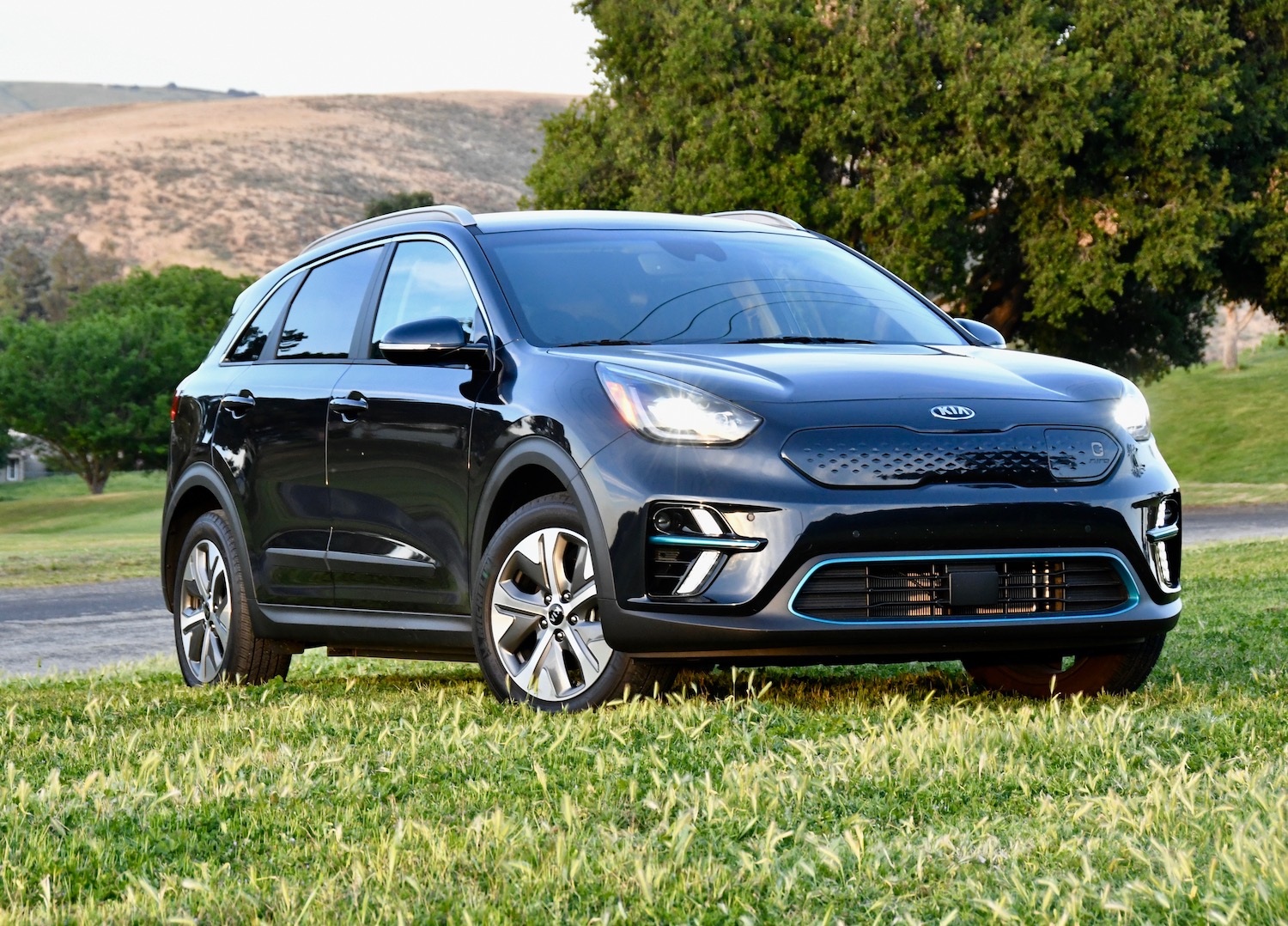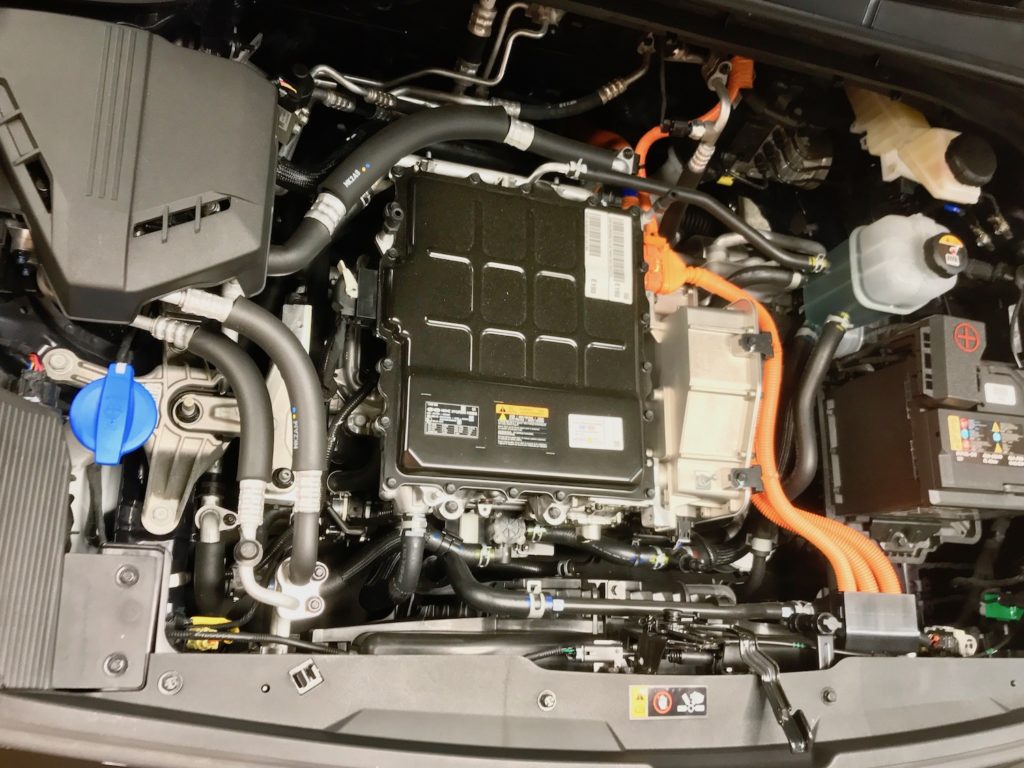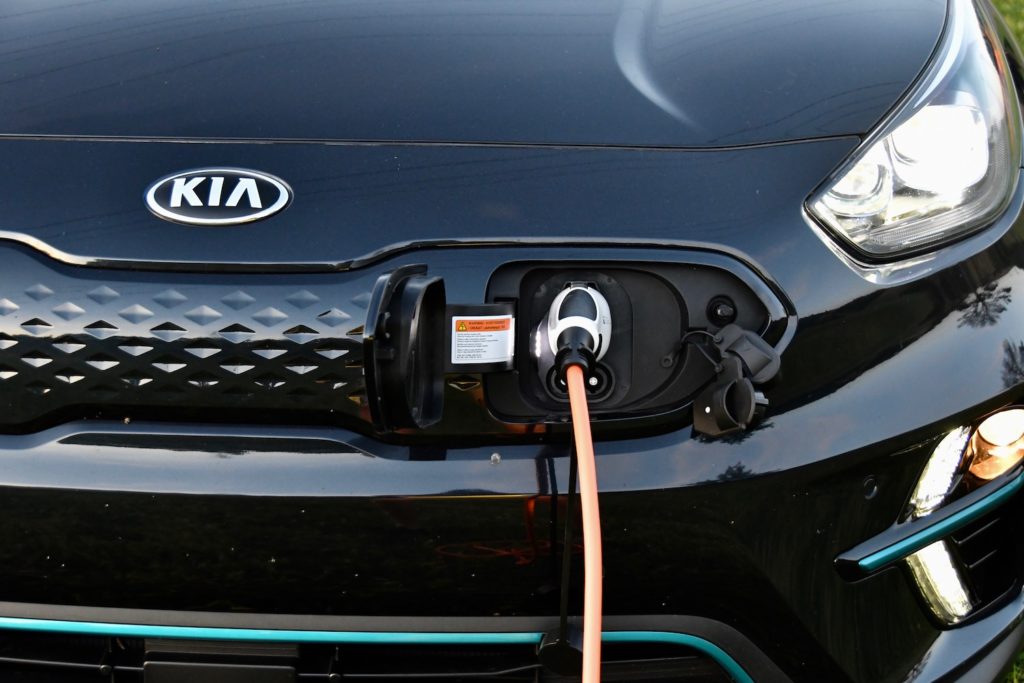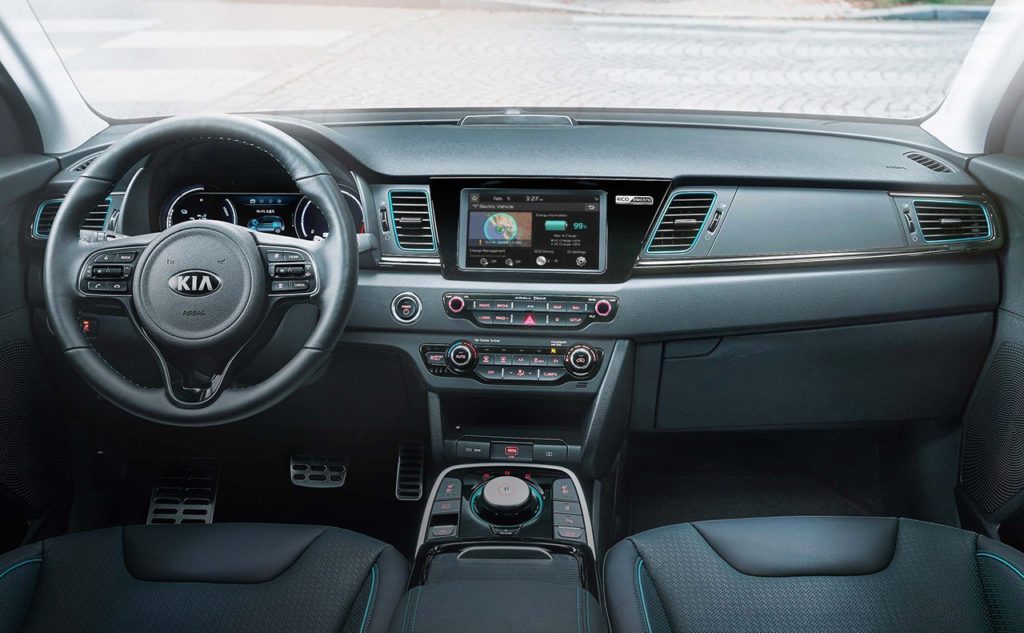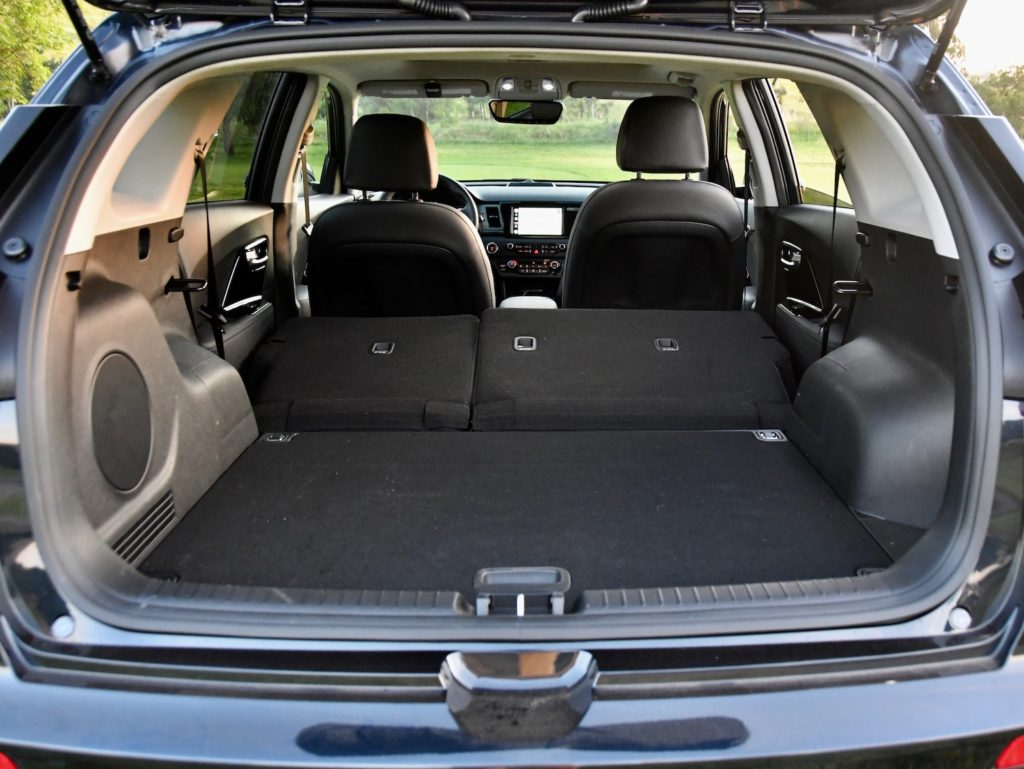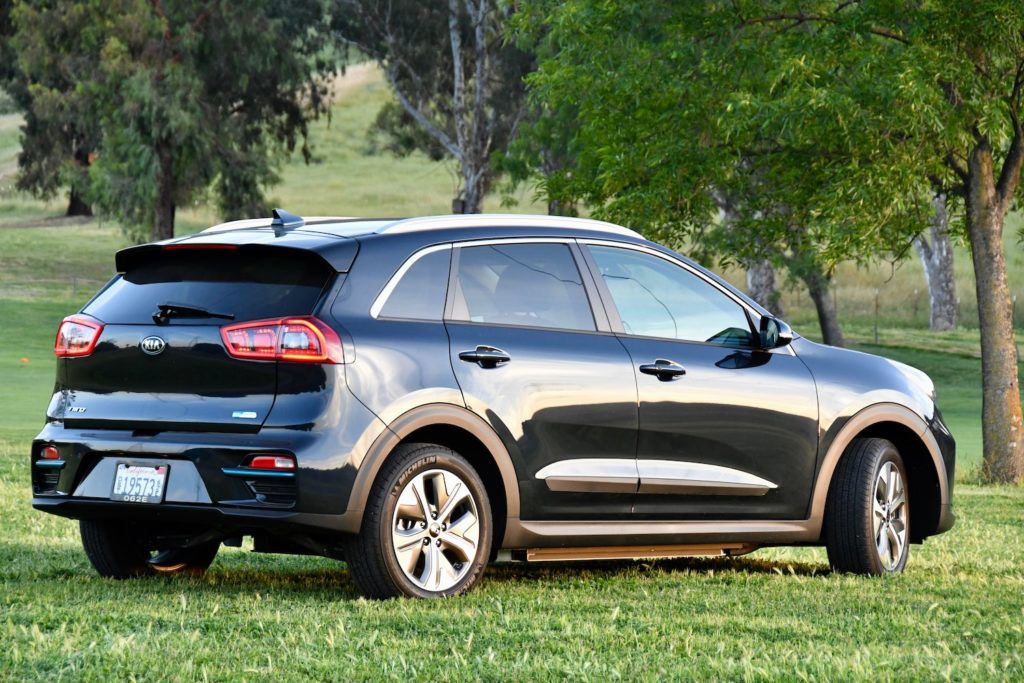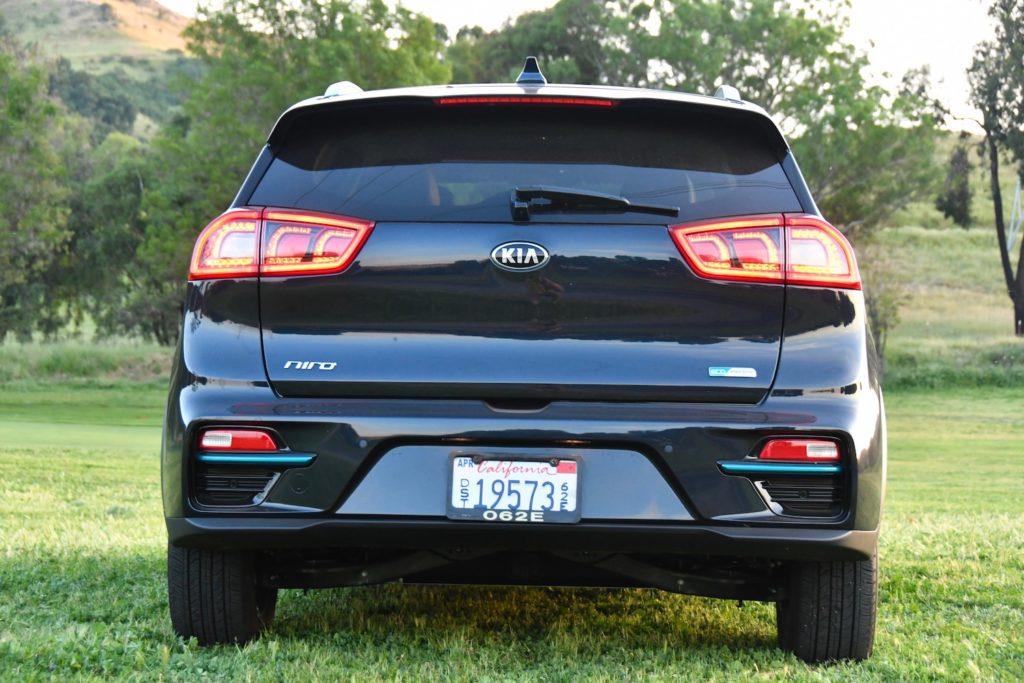The Best of the Next Wave Affordable EVs
2019 will be remembered as the year that battery electric vehicles became mainstream with choices available from several manufacturers, offering options that have become legitimate alternatives to traditional internal combustion engine vehicles. Compromises with price, range, charging, and features are finally becoming a thing of the past. Prices and range are becoming competitive with conventional cars, public charging infrastructure continues to come online at a furious pace, and EV features are highlighting the unique advantages of owning and operating them.
The 2019 Kia Niro EV is a perfect example of this revolution. The Niro EV is a CUV (Compact Utility Vehicle) that offers a competitive price that starts at $38500 and still qualifies for Federal tax credits as well as state, local, utility and other rebates. These credits and rebates can lower the cost of the Niro to close to $30,000. The Niro EV offers an EPA rated range of 239 miles or more under real-world driving. During our time with the Niro, it easily beat the EPA ratings with up to 261 miles of range. The Niro EV has industry-standard charging for use at home or on the road and has class-leading safety and convenience features that are on par with conventional luxury CUVs.
The Niro EV is part of a family of Kia CUVs that was designed with conventional, hybrid, and electric powertrains in mind. This strategy allows Kia to leverage the costs of manufacturing the Niro over a much broader base than just one vehicle and gives Kia the flexibility to match supply with demand. And if our time with the Niro EV is any indication, the market is going to be strong for the EV version.
Overall the Niro is about the same size as the Lexus UX, Toyota C-HR, the Chevy Bolt and its cousin the Hyundai Kona. It is shorter than the Nissan LEAF and has less cargo space, but its passenger space feels quite roomy despite it being a small crossover. It’s actually a five-door hatchback reimagined for the 21st-century compact crossover buyer.
The Niro EV is powered by a 201 HP permanent magnet motor that has 290 lb-ft. of torque drive through a single speed transmission driving the front wheels only. That gives the Niro EV plenty of grunt that gets it from 0-60 in 6.5 seconds. It wasn’t so long ago that that sort of performance was considered to be supercar territory. With the Niro EV’s instant torque, it certainly can feel like a supercar. The Niro has four driving modes: Eco+, Eco, Normal and Sport. Each has a set of adjustable settings including regeneration, air conditioning, and heating, in addition to throttle responsiveness and steering-assist change, depending on the drive mode. In Eco mode, the top speed can be limited as well.
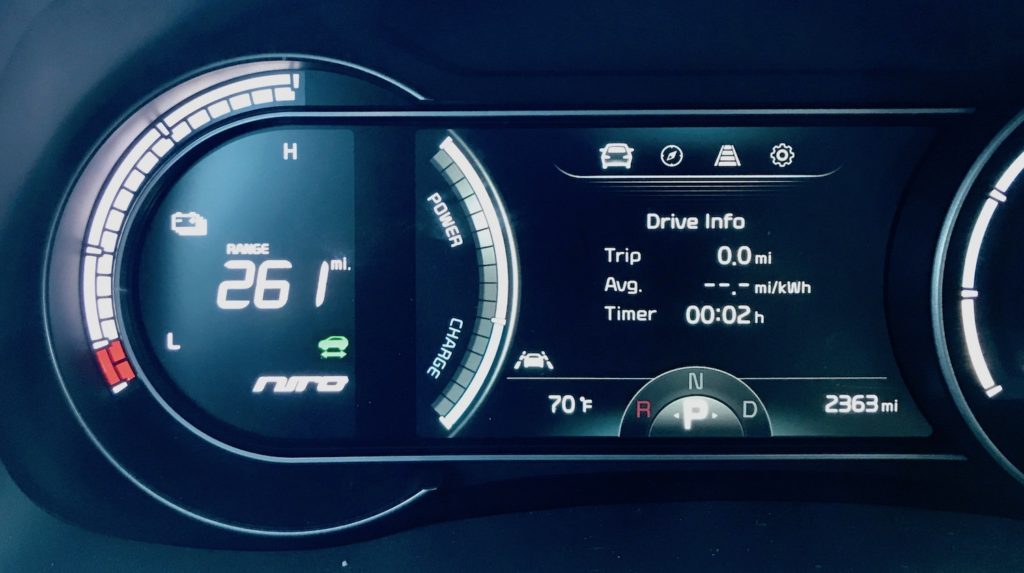
The Niro’s 64.0 kWh lithium-ion liquid-cooled battery pack sits under the floor and offers an EPA range of 238 miles. The Niro is in the middle of the pack for mid-sized and priced EVs, bested only it’s cousin the Hyundai Kona, but that is a moving target, with the other mid-priced EV manufacturers competing with EVs that are in the same general range features and price. During our time with the Niro, it easily beat the EPA ratings with up to 261 miles of range.
The Niro EV uses the industry standard SAE Combo Charging System. The Niro is equipped with a 7.2 kW onboard Level 2 (220v) charger for home or destination charging, and a 100 kW DC fast charger connection. The Niro allows the driver to set charging speeds, and what percentage to charge the battery from the multi-media display or a smartphone. The level of regeneration is also adjustable from paddle shifters or can be set to let the Niro decide what level of regeneration is best for the driving situation.
The 7.2 kW onboard charger can fully replenish the battery in about 9 hours, and the CCS connection can charge to about 80% in between 60 and 75 minutes depending on the speed of the DCFC unit. Kia chose the CCS fast-
charging standard, which is the fastest growing charging standard in the world, and while Tesla’s proprietary charging standard has an early lead, the number of public CCS chargers coming online is quickly outnumbering the Tesla system.
Of course, if you have the time, the Niro’s battery can be recharged in only 59 hours if the supplied Level 1 (120v) EVSE is used.
The Niro EV is well equipped with creature comforts and technology features. There are two trim levels available. The EX which has an MSRP of $38500 and the EX Premium at $44000. The Premium has all of the features of the EX, but adds a power sunroof, LED headlights and taillights, an eight-inch Touch Screen Infotainment screen and a Harman Kardon sound system with a subwoofer. A wireless phone charger, mood lighting, and leather upholstery round out the upgrades.
One option that is available on both trim levels of the Niro and is a must-have if you live in areas that have cooler seasons is the Cold Weather Package. This $1080 package includes a battery heater, heated steering wheel, and a cabin heat pump rather than a resistive electric heater. A heat pump can really improve range in cold weather and is recommended. Heated seats are standard on both trim levels.
Regardless of the trim, large 7 or 8-inch displays for the driver and infotainment provide excellent, clear, easy-to-see access to controls and information. Niro audio systems offer Android Auto, Apple CarPlay Sirius XM, HD radio Bluetooth, and USB 3.0 inputs standard. The Niro’s audio systems have excellent sound and can be paired with just about any audio source. The Niro supports Kia’s latest UVO link LTE hotspot connectivity for smart devices.
The front and rear seating is comfortable, with 8 or 10-way seats designed for Americans in either cloth or leather depending on the trim. The rear seating for some may be a bit tight, but generally, it is on par with the Niro EV’s competitors. The Niro’s interior is comfortable, but the rear seat foot room is a bit tight because of the high back seat cushion. The Niro EV is noticeably quieter than its cousin the Kona. The Niro has extra sound deadening and is fitted with Michelin Primacy MXV4 17-inch tires which do a great job in isolating the cabin from road noise. Cargo capacity for the Niro EV is average for a CUV at 19.2 cu. ft., which is perfect for carrying a couple of bags of groceries, but not much more.
The Niro offers an extensive suite of active safety technology standard. This includes forward-collision avoidance with pedestrian detection, lane-departure and blind-spot assists, rear cross-traffic collision avoidance and automated high beams. Adaptive cruise control with stop and go capabilities are standard. With the adaptive cruise control, the Niro is a Level 2 autonomous safety assist system like those from Tesla, Nissan, GM, Hyundai, and the others, and is very competent and on par with the current top-tier safety systems. The only nit-pick about the safety systems is that they get your attention with a loud non-adjustable beeping that can be annoying.
The Kia Niro is a very competent, well-engineered CUEV, but getting a closer look may be tricky, initially. Kia is being very conservative in making the Niro EV available in showrooms. Initially, it is only available in only 12 states California, Connecticut, Georgia, Hawaii, Maryland, Massachusetts, New Jersey, New York, Oregon, Rhode Island, Texas, and Washington. Kia plans to offer the Niro EV in all 50 states eventually, and in the meantime, it is rumored that it can be special-ordered in areas where it is not initially available.
Pricing for the Niro EV ranges from $38500 for the EX, to $44000 for the EX Premium. Options are few with just the cold weather package at $1080, a Premium Launch Package at $1000 and a wireless phone package for the EX at $200. All trim levels have a $1045 destination and handling charge.
The Niro EV does qualify for the full Federal tax credit of $7500, and any state, local, or utility rebates or credits available in your locale.
The Niro EV is the current top benchmark for a well-equipped, reasonably-priced EV vehicle along with its cousin the Hyundai Kona EV. The Niro and Kona are very similar and share many of their parts, but at the end of the day, the winner is the Niro, which has more sophistication, roominess, and refinement.
The Niro is the car that has become the benchmark that its competitors, like the Chevy Bolt, Nissan LEAF, and even the Tesla Model 3 are being measured against.
But as the EV market continues to develop and mature, with new models continuing to be introduced, who knows who will be top-dog tomorrow.
